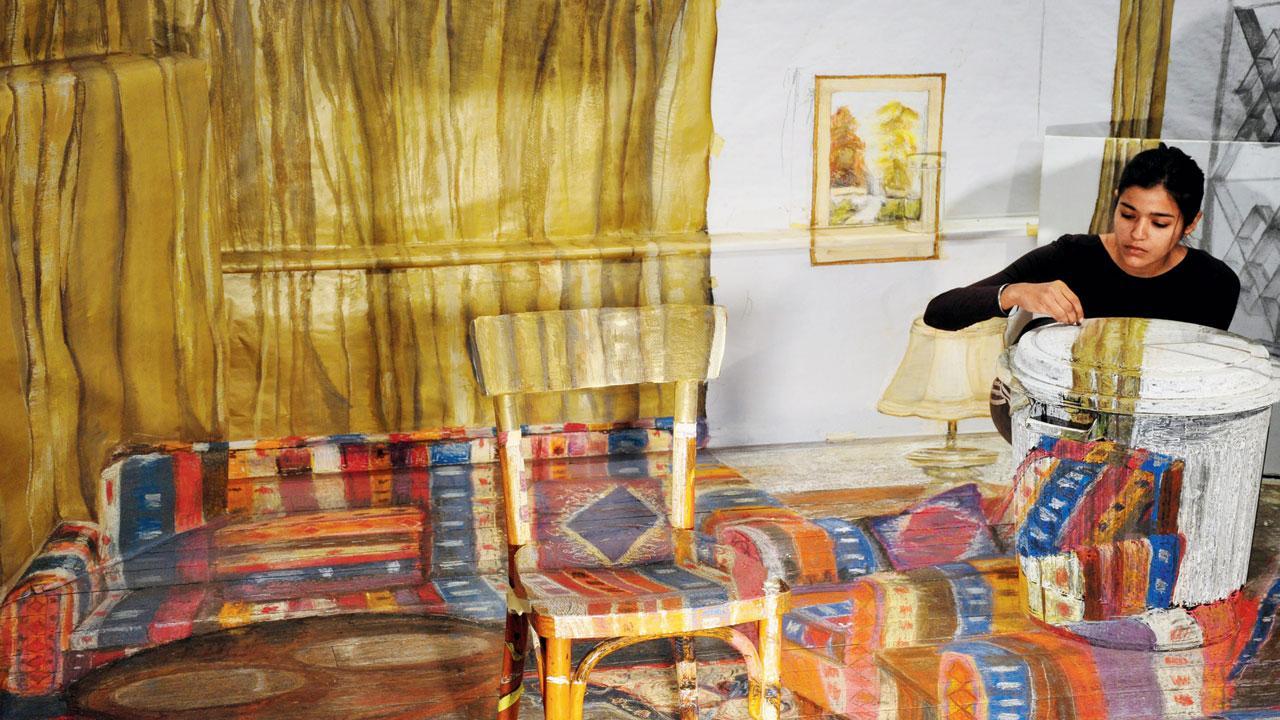Home / Mumbai-guide / Things To Do / Article /
Open your art to videos
Updated On: 15 November, 2021 07:39 AM IST | Mumbai | Sukanya Datta
A one-of-a-kind online festival hopes to shine the light on video art practitioners in India

A still from Mapping the Memory Mandala by Sumakshi Singh, which will be featured at VAICA 2
Since the glory days of practitioners such as Andy Warhol in ’60s and ’70s, to its emergence in the ’90s in India and then, its inescapable popularity with the advent of technology post 2000, video art has become an integral part of the contemporary artscape. However, up till 2019, there was no comprehensive public archive of these works in India for video art practitioners to study and refer to, shares Anuj Daga, an architect, writer and curator. It prompted artist Bharati Kapadia and filmmaker Chandita Mukherjee to envision VAICA — Video Art by Indian Contemporary Artists — a public platform for Indian practitioners working with video art and moving images. “The first edition of VAICA in the winter of 2019-20 brought together 65 video works by 37 artists in India,” he informs us. Nearly two years later, the festival is back — this time, in an online edition, Fields of Vision.

A still from Rest by Amol Patil



